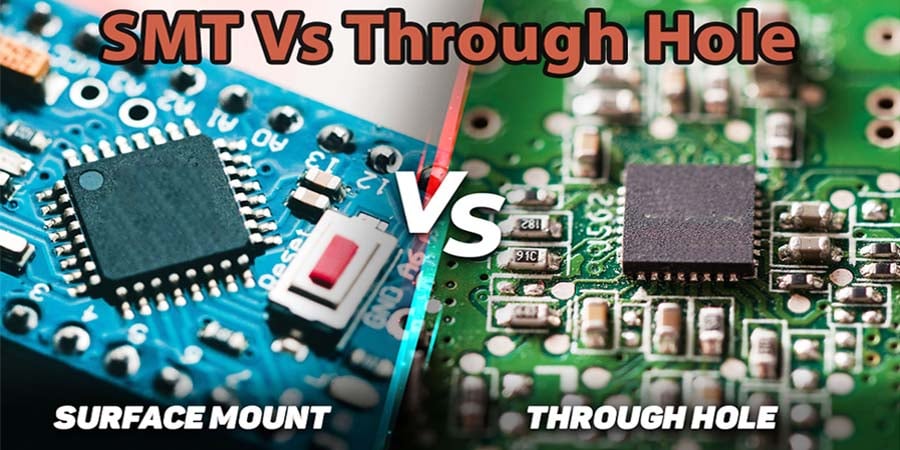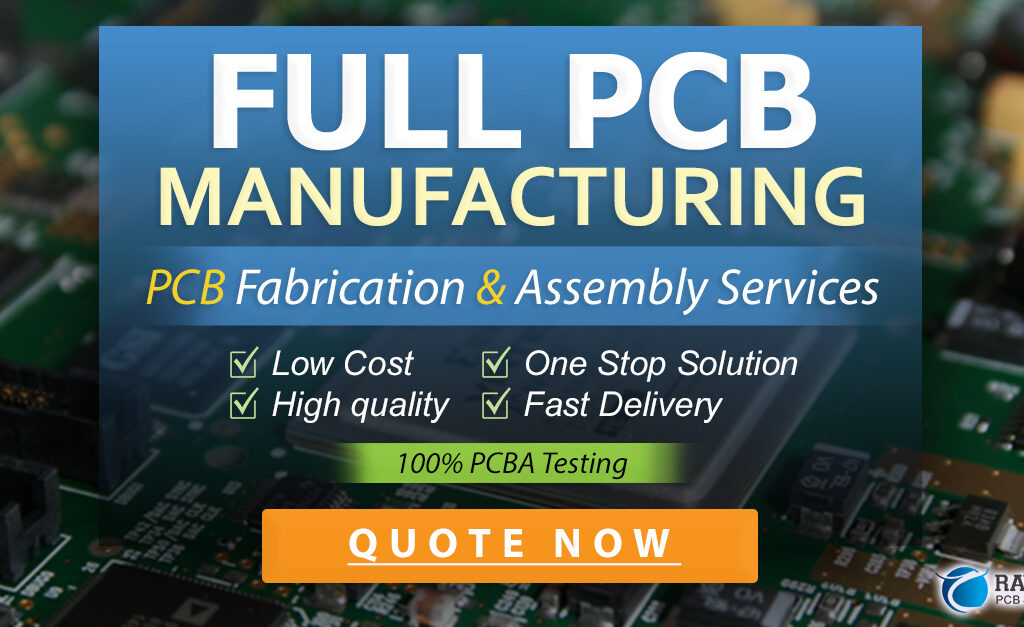What is the difference between plate mount and PCB mount stabilizer?
Introduction to Keyboard Stabilizers
Keyboard stabilizers are an important component in mechanical keyboards that help stabilize larger keys like the spacebar, enter, shift and backspace keys. Without stabilizers, these longer keys would feel loose, rattle around and not register key presses consistently.

There are two main types of keyboard stabilizers:
Plate Mounted Stabilizers
- Attaches to a keyboard plate
- Older style stabilizers
- Requires openings in plate for insertion
- More common on custom and enthusiast keyboards
PCB Mounted Stabilizers
- Mounts directly onto the PCB (Printed Circuit Board)
- Newer style stabilizers
- Easier to implement but less customizable
- More common on mass produced keyboards
The main difference comes down to how the stabilizers mount and attach to the keyboard. But there are also differences in feel, sound, customization options and ease of implementation.
What Do Keyboard Stabilizers Do?
Keyboard stabilizers serve two primary functions:
1. Stabilize Long Keys
Longer keys like Shift, Enter and Spacebar need stabilization to prevent them from feeling loose or wobbly when pressed off-center.
Stabilizers mount to the keyboard plate or PCB and connect to both ends of the longer keycap stabilizing it by reducing sideways movement. This helps register consistent key presses even when pressed on the edges.
2. Allow Smooth Vertical Key Travel
Properly installed stabilizers allow keys to move straight up and down smoothly when pressed without binding or getting stuck. This creates a better typing feel and prevents unintended key presses.
The stabilizer bar slides inside the insert housing allowing free vertical travel of the attached keycap while preventing lateral movement.
Difference in Mounting Mechanisms
The main difference between PCB and plate mount stabilizer is how they mount and attach to the keyboard:
Plate Mount Stabilizers
Plate mount stabilizers attach to openings in the keyboard’s metal mounting plate. Four plastic inserts clip through holes in the plate while housing clips grab and hold onto the edge of the holes.
[Diagram of plate mount stabilizer mounting]
This allows the stabilizer housing and bar to float precisely under the keycap while the inserts grab and hold it stably to the plate.
PCB Mount Stabilizers
PCB mount stabilizers attach directly to the surface of the keyboard PCB (printed circuit board) using solder or press-fit pins. The plastic housing has legs with pins that push through holes in the PCB and are then soldered or press-fit onto the back side.
[Diagram of PCB mount stabilizer mounting]
This anchors the stabilizer housings securely to the PCB surface allowing the stabilizer bars to align under longer keycaps.
Pros and Cons of Each Style
There are some key differences in usability between the two styles:
Plate Mount Stabilizers
Pros:
- Offer more customization options
- Easy to remove/swap without desoldering
- Reduced PCB flex so keys feel more stable
- Work better for hotswap keyboards
Cons:
- Need mounting plate with holes
- Can come loose if not properly secured
- Installation can be more difficult
PCB Mount Stabilizers
Pros:
- Securely held in place by solder
- Easier to implement in keyboard design
- Plate does not need holes/openings
- Clipped/screw-in stabilizers self-align
Cons:
- Requires desoldering to remove/replace
- Can tear PCB pad if hotswapped
- More prone to PCB flex in keyboards
So plate mount offers more customization and is common on enthusiast boards while PCB mount is easier to implement so more common on mass produced keyboards.
Difference In Feel and Sound
The different mounting methods and materials also impact the feel and sound of the stabilizers:
Plate Mount Feel
- Less PCB flex so keys feel more crisp and stable
- Snappier, responsive feel preferred for gaming
- Clackier, louder stabilized keys
PCB Mount Feel
- Somewhat mushier, soft feel due to PCB flex
- Keys require slightly more force for actuation
- Softer thock on stabilized keys
Plate mount offers a crisper feel with less keyboard flex while PCB mount feel is somewhat softer and mushier. Plate mount also produces a louder, clackier sound vs a softer thock on PCB mount stabilized keys.
Customization and Modding Ability
Plate and PCB mount stabilizers also differ in customization and modding ability:
Plate Mount Customization
Plate mount offer much more customization ability:
- Can easily be lubed without desoldering
- Aftermarket stabilizers can swap into plate holes
- No risk of tearing PCB pads during removal
- Can experiment with different housings and wires
This makes it easy to lube, clip, band-aid mod or swap to high quality aftermarket stabilizers to improve feel and sound.
PCB Mount Customization
PCB mount stabilizers offer very little customization ability:
- Requires desoldering stabilizers to lube or modify
- Pulling stabilizers can tear PCB circuit board pads
- Generally have to use stock stabilizers provided
- Not practical to swap aftermarket stabilizers
So PCB mount stabilizers are pretty much stuck how they come stock from the factory.
Ease of Keyboard Implementation
There are also differences in how easy each style is to implement in keyboard designs:
Plate Mount Design Considerations
Using plate mount stabilizers requires:
- Mounting plate to have rectangular cutouts
- Precise positioning to align stabilizers with keys
- Securing each stabilizer corner to plate openings
- Avoiding interference with switch opening
So using plate mount requires more complex mounting plates and getting stabilizer positioning exactly right.
PCB Mount Design Considerations
PCB mounting is much simpler to design:
- Just need holes in PCB for press-fit pins
- Self-aligning housings automatically position
- Takes care of stabilizer alignment and support
- Easier compatibility with hotswap sockets
This makes PCB mount stabilizers much easier for keyboard manufacturers to reliably use at scale.
PCB Mount vs Plate Mount Stabilizer Comparison Tables
Mounting Mechanism Summary
| Metric | Plate Mount | PCB Mount |
|---|---|---|
| Mounting Method | Clips into plate holes | Press-fit or soldered to PCB |
| Attachment Point | Keyboard plate | Printed circuit board |
| Customization Ability | Easily modified | Little customization ability |
| Implementation Difficulty | Requires complex plates | Much simpler to implement |
| Security | Can come loose over time | Very secure when soldered |
General Pros and Cons
| Plate Mount Pros | Plate Mount Cons | PCB Mount Pros | PCB Mount Cons |
|---|---|---|---|
| Swappable without desoldering | Requires mounting plate holes | Easy to securely implement | Requires desoldering to swap |
| Less prone to PCB flex | Positioning can be tricky | Self-aligning housings | Pad tearing risk if pulling stabilizers |
| Easier compatibility with hotswap | Possible fitment issues | Much simpler keyboard design | Generally stuck with factory stabilizers |
| Crisp, snappy key feel | Can come loose over time | Secure soldered connection | Soft, mushy stabilized keys |
Frequently Asked Questions

Below are answers to some common frequently asked questions:
Q: Why do some keyboards use PCB-mount, and others use plate-mount stabilizers?
Plate-mount stabilizers tend to be more common in custom and enthusiast keyboards because they offer more tuning and customization options. PCB-mount stabilizers are much easier for mass production keyboards to implement reliably so most big brand keyboards use this style.
Q: Do plate-mount stabilizers feel better than PCB-mount?
Generally yes, plate-mount stabilizers offer a crisper, snappier key feel with less keyboard flex compared to PCB-mount stabilizers. The reduced flex makes keys feel more stable and solid. They also provide a louder, clackier sound.
Q: Can you convert a PCB-mount stabilizer to plate-mount?
Unfortunately no, the plastic housings are completely different shapes between PCB and plate mount stabilizers. The PCB mount housing incorporates the alignment tabs and fit onto PCB pins while plate mount inserts clip through holes. So you cannot physically change or swap just the plastic housings.
Q: Do all mechanical keyboard PCBs support both stabilizer types?
Not necessarily. Some PCBs are specifically designed for a certain stabilizer style and may only have the correct mounting holes or cutouts for one style. But many customs PCBs do support both with holes for PCB mount and openings for plate mount so builders can choose.
Q: Is there any functional difference between screw-in and snap-in stabilizers?
Functionally both work essentially the same way. The only difference is snap-in stabilizers use plastic clips to secure to openings while screw-in use metal screws in the inserts for a more rigid hold. Screw-in stabilizers are considered more secure since it’s impossible for them to pop out under pressure.
Both mounting styles have their pros and cons for performance, sound, feel, design implementation and customization ability. Plate mount stabilizers tend to be preferred by enthusiasts for the increased rigidity, stability and customization while PCB mount simplifies the manufacturing process so is more common on mass produced keyboards.




